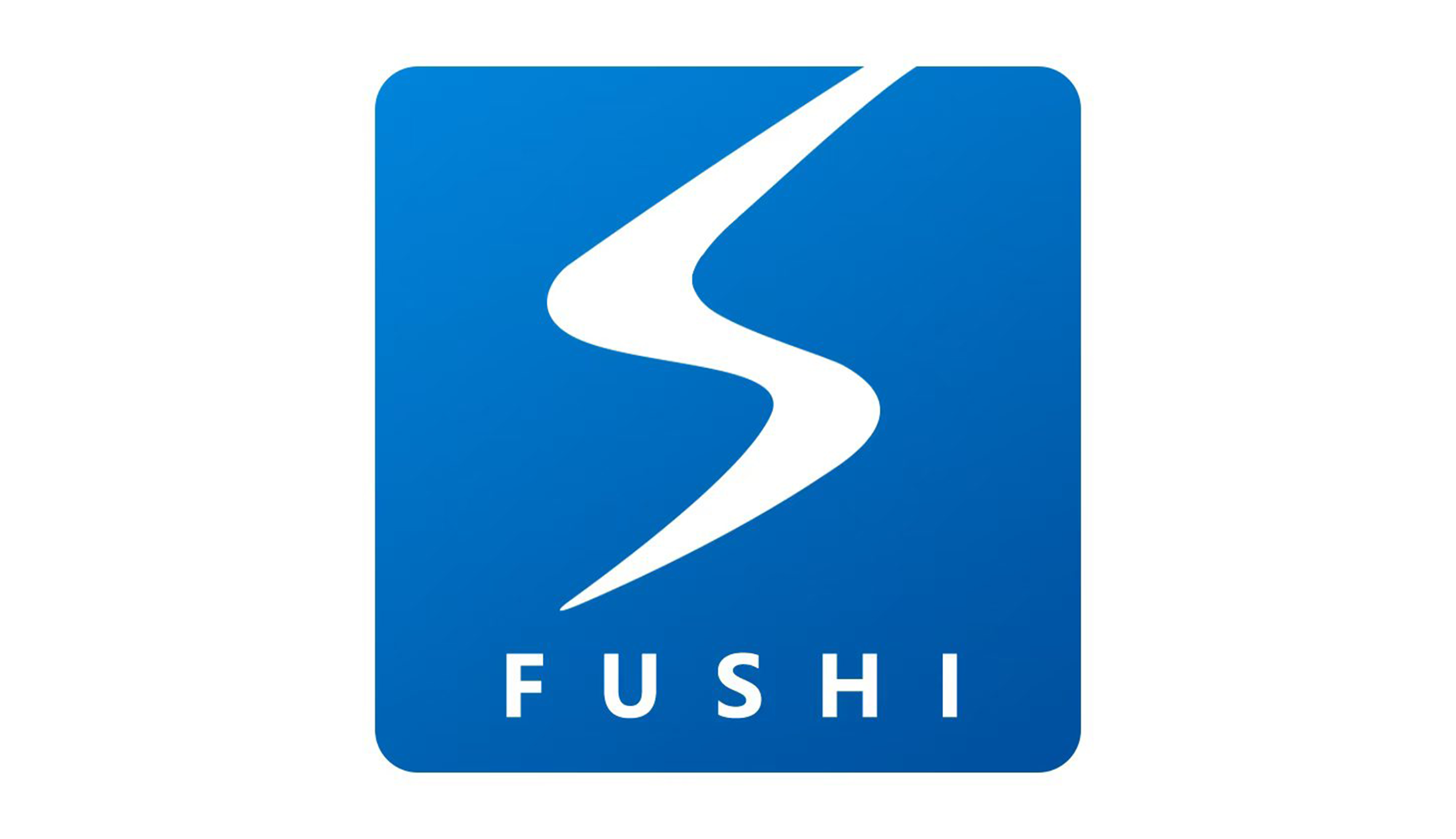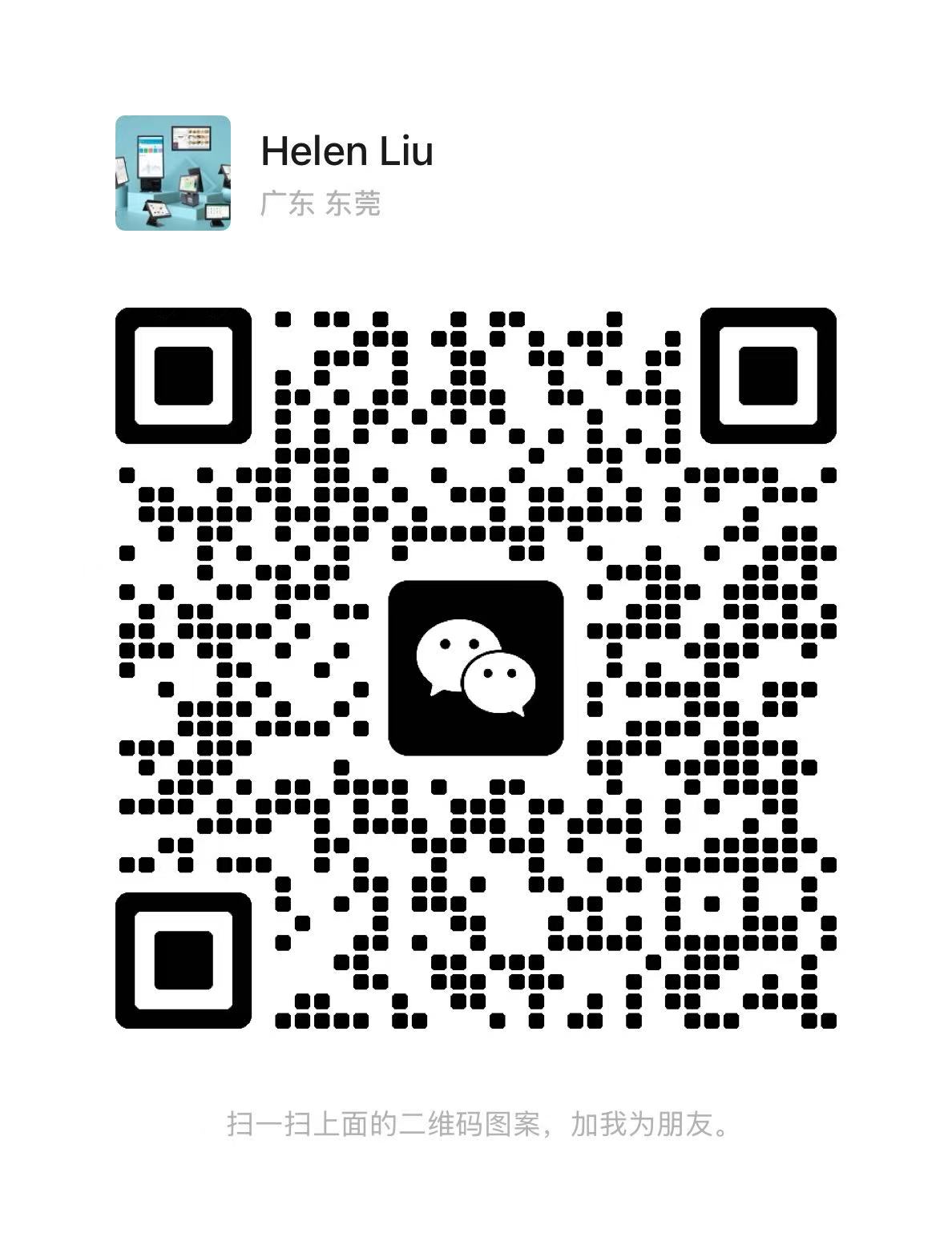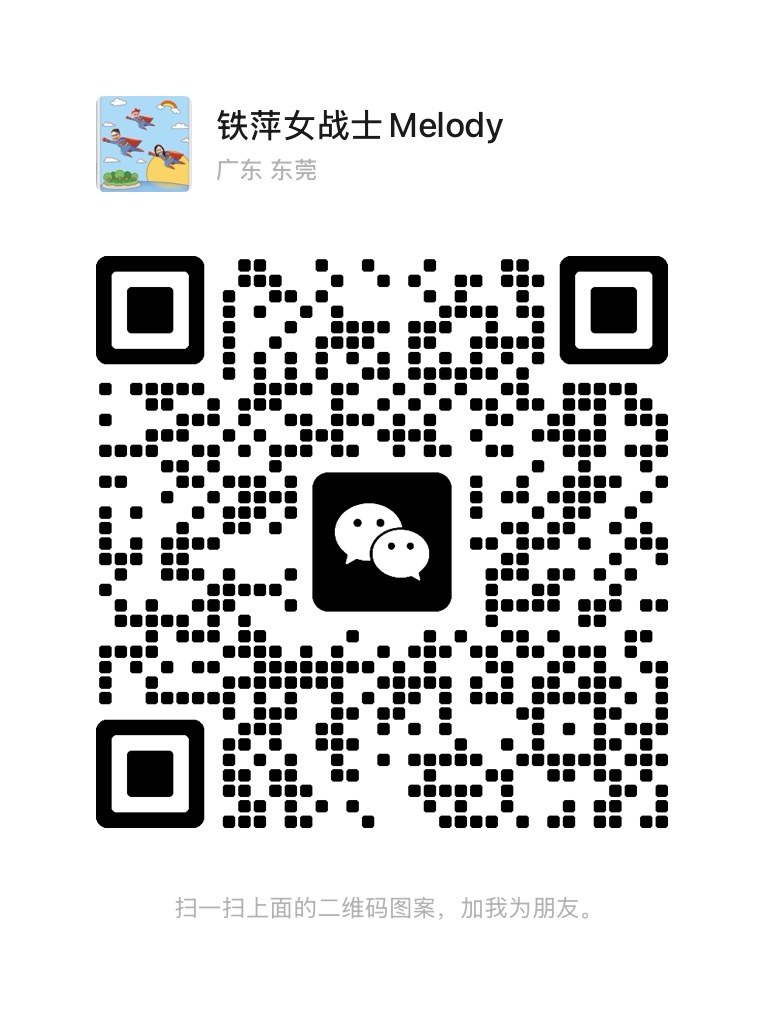In today's fast-paced retail environment, efficiency is key to success. Retailers are constantly seeking innovative solutions to streamline operations, improve customer service, and boost productivity. One such solution that has gained widespread adoption is the use of touch screens in retail stores. These interactive displays offer a wide range of benefits that contribute to enhanced efficiency across various aspects of retail operations.
1. Streamlined Checkout Process
One of the most significant ways touch screens enhance efficiency in retail stores is by streamlining the checkout process. Touch screen point-of-sale (POS) systems allow cashiers to quickly and accurately process transactions with just a few taps on the screen. With intuitive interfaces and user-friendly navigation, employees can ring up purchases, apply discounts, and accept payments more efficiently, reducing wait times and improving customer satisfaction.
2. Self-Service Options
Touch screen kiosks and self-service terminals empower customers to take control of their shopping experience. By allowing shoppers to browse products, check prices, and make purchases independently, retailers can reduce the need for staff intervention and free up employees to focus on other tasks. Self-service options also enable retailers to serve more customers simultaneously, leading to shorter lines and faster service during peak hours.
3. Interactive Product Displays
Touch screen displays can be used to showcase products in an interactive and engaging way. By providing detailed product information, interactive demos, and personalized recommendations, retailers can educate customers and encourage them to make informed purchasing decisions. Interactive product displays not only enhance the shopping experience but also help increase sales by showcasing products in their best light.
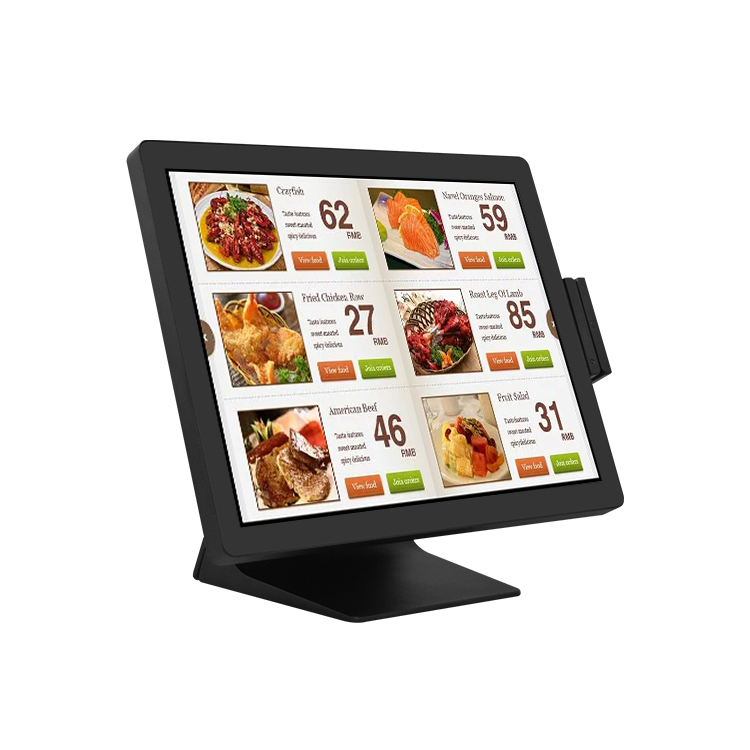
4. Inventory Management
Touchscreen technology can revolutionize inventory management processes in retail stores. With the ability to quickly access real-time inventory data, employees can easily track stock levels, locate items, and manage replenishment orders directly from the sales floor. This reduces the time and effort required for inventory management tasks, minimizes stockouts and overstock situations, and ensures that shelves are always well-stocked to meet customer demand.
5. Employee Training and Communication
Touchscreens can serve as valuable tools for employee training and communication in retail stores. Interactive training modules, instructional videos, and digital manuals can be accessed directly on touchscreen devices, allowing employees to learn at their own pace and refer to information as needed. Touchscreens can also facilitate communication among staff members, enabling managers to share important updates, announcements, and task assignments in real-time.
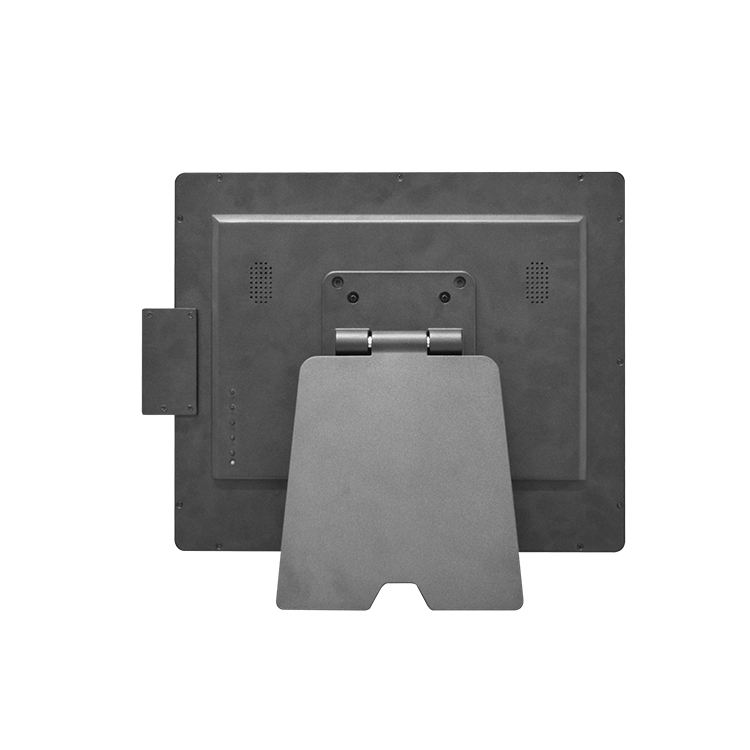
6. Data Analysis and Reporting
Touchscreen POS systems and analytics software provide retailers with valuable insights into sales performance, customer behavior, and market trends. By capturing transaction data, tracking customer interactions, and generating detailed reports, retailers can gain a deeper understanding of their business and make data-driven decisions to improve efficiency and profitability. Touchscreen interfaces make it easy for employees to access and interpret this data, empowering them to optimize operations and drive business growth.
In conclusion, touchscreens offer a multitude of benefits that enhance efficiency in retail stores across various aspects of operations. From streamlining the checkout process and enabling self-service options to facilitating inventory management and employee training, touchscreen technology has the power to transform the retail experience for both customers and employees. By embracing touchscreen solutions, retailers can improve productivity, reduce costs, and deliver superior service, ultimately gaining a competitive edge in today's dynamic retail landscape
touch screen touch screens in retail stores touch screen pos systems touch screen kiosks
